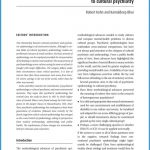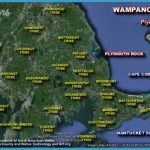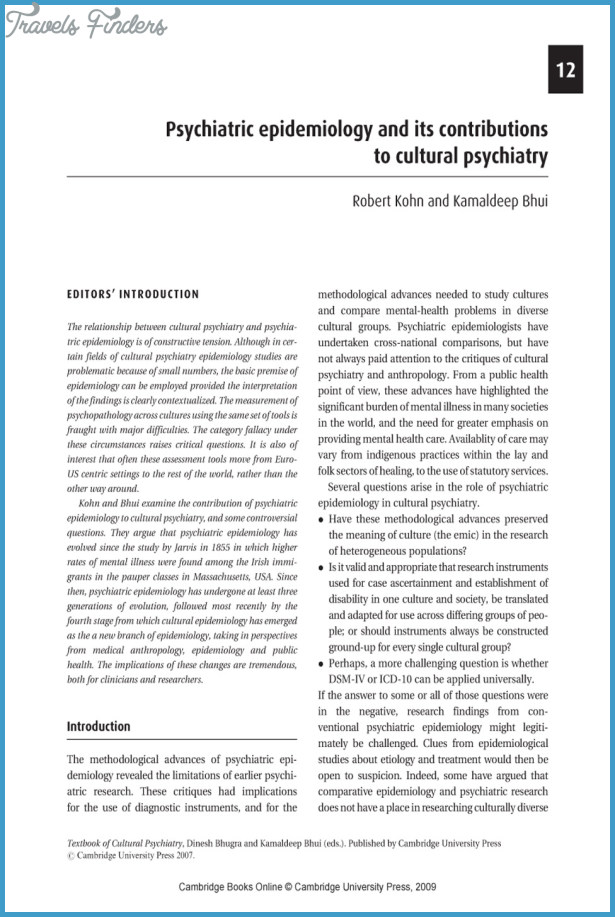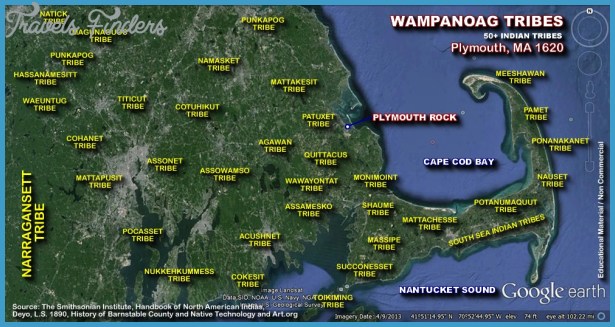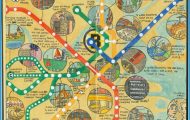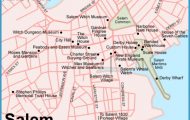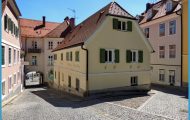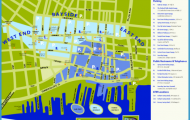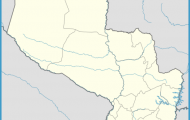The growing population of Latinos in Massachusetts has added greatly to the commonwealth’s diverse culture. Their influence can be seen in the arts, theater, music, food, and sports. The Institute of Contemporary Art houses several Latin American pieces in their permanent collection. From March to May 2004 this museum had a special exhibit entitled Made in Mexico/Hecho en Mexico, showcasing the transnational aesthetics of the relationship between Mexico and the United States. Harvard’s Fogg Art Museum serves as another example of Massachusetts’s Latino influence in art collections. The Fogg Art Museum not only contains several Latino pieces, but from March 3 to October 21, 2001, it also displayed the Geometric Abstraction: Latin American Art from the Patricia Phelps de Cisneros Collection, an exhibit that boasted works from Argentina, Brazil, and Venezuela.
Latino impact in theater, music, and dance is also abundant. In August 2005 the Boston Globe reported on the growing Latino nightlife. Dances such as salsa, merengue, and tango have become increasingly popular, resulting in new theatrical performances and a proliferation of dance instructors. Local community centers now hold weekly Latin dance nights, and mainstream nightclubs not only mix Latin music with other rhythms but even hold Latin nights.
Latin American restaurants and food shops are dispersed throughout the commonwealth. Examples range from major chains such as Quedoba, Margaritas, and On the Border to more local establishments such as Tango, an Argentine restaurant in Arlington, and Casa de Nana, in Springfield. These businesses have expanded in tandem with the Latino population, though there are also many Latino businesses in regions with a low population of Latinos. They expose the Massachusetts community to a wide range of disparate foods from Latin American nations and provide an important link to Latino and Latin American culture.
Latinos have also played a prominent role on Massachusetts sports teams. Puerto Rican-native Ramon Rivas became the second player from Puerto Rico to play professional basketball in the United States, backing up Larry Bird and Kevin McHale of the NBA’s Boston Celtics in 1988. Baldomero Mel Almada, the first Mexican-born player in major league baseball, began his career with the Red Sox in 1933 and continued with the team, playing center field, until 1937. Current and former Red Sox players such as Nomar Garciaparra, Pedro Martinez, Manny Ramirez, and David Ortiz have become household names and constant reminders of the way Latinos have integrated themselves not only into major league baseball but into Massachusetts’s society as well.
Latinos are also represented in television, radio, and print. In 1993 WUNI, located in Worcester, became the first 100-kilowatt provider of Spanish-language television programming for New England, showing a range of local and national Spanish programs. The commonwealth also has six Spanish-language radio stations: WNNW-AM (800) in Lawrence, WAMG-AM (890) in Dedham, WSPR-AM (1270) in Springfield, WRCA-AM (1330) in Waltham, WLLH-AM (1400) in Lowell, and WAZN-AM (1470) in Marlborough. These stations add a sense of community by allowing for greater communication and social involvement by Latinos otherwise isolated from the more dense Latino cultural centers in the Greater Boston area, and in central and western Massachusetts.
In addition to television and radio media, periodicals in Spanish (and also in Portuguese) are readily available throughout Massachusetts. And several cities in Massachusetts publish periodicals such as the Boston-based El Planeta, the largest circulating Spanish-language weekly in New England, and the Springfield-based El Dialogo. Massachusetts is also the home base for O Jornal, a Portuguese-language weekly distributed in the area of New Bedford.
notes
1. Previous generations of migrants had benefited from the growth of the manufacturing industry and the expansion of the economy. Thus, although migrants faced difficult economic conditions, they were still able to improve their children’s lives through education and better jobs. Additionally, as Ramon Borges-Mendez (1995 , 48-50) states, [Europeans] were allowed to preserve their physical community unthreatened by urban renewal or speculation in real estate markets with which no recent Latin American and Southeast Asian immigrant would have to contend.
2. Cambridgeport is a region of Cambridge, Massachusetts, that historically used to house a large portion of migrants living within Cambridge. It is bound by Massachusetts Avenue, Harvard University, MIT, and the Charles River. Most manufacturing companies were located near Cambridgeport, where rent was lower. Currently, Cambridgeport houses a mixture of students, longtime residents, and young professionals.
3. Holyoke has a Puerto Rican population concentration of 36.5 percent, second only to Yeehaw Junction, Florida. http://www.epodunk.com/ancestry/Puerto-Rican.html.
4. Uriarte, Salvadorans, Guatemalans, Hondurans, and Colombians, 2003, 8.
5. Torres, 2006, 274.
6. Observed in several European and Latin American countries, this is an international labor movement holiday.


